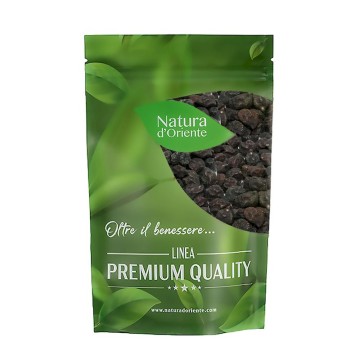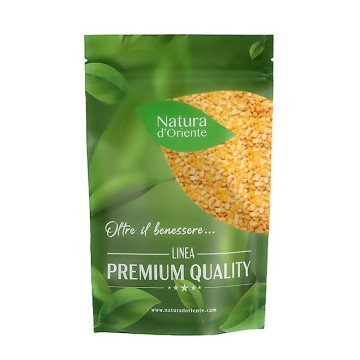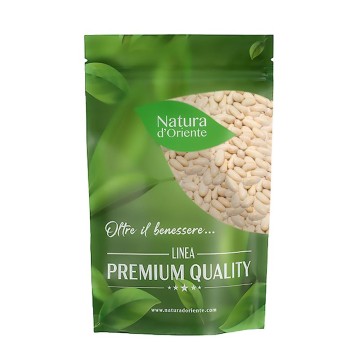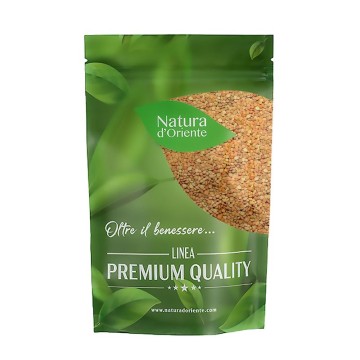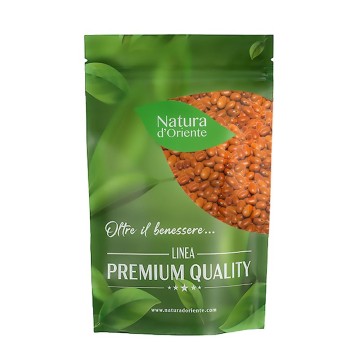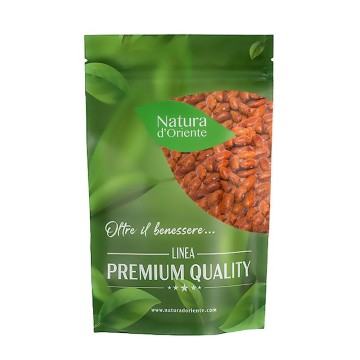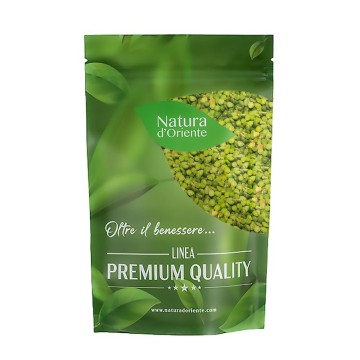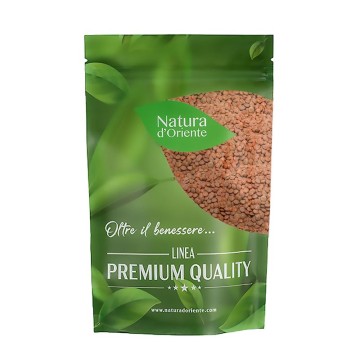Red beans defined as dark, are identified by their thick dark red skin, and are often large. They are known for their tasty yet delicate flavor, and because they are legumes rich in beneficial nutrients.
Dark Red Beans: properties and benefits
Red beans are real "reservoirs" of nutrients that help us in well-being.
They are rich in dietary fiber, proteins, complex carbohydrates, flavonoids, various B vitamins and minerals .
In particular, dark red beans contain good levels of vitamin B-5 (pantothenic acid), B-6 (pyridoxine), B-9 (folic acid) and vitamin C. A concentrate of nutritional substances that benefit the organism.
Furthermore, like many legumes, they are low in fat and cholesterol, thus helping a diet for the well-being of the heart and cardiovascular system.
Most importantly, it appears that the folic acid abundant in red beans helps promote cardiovascular health along with fiber.
Folic acid (vitamin B9) deficiency has been linked by some studies to an increased risk of coronary complications and strokes, and its presence also helps eliminate homocysteine, a toxic substance that can lead to damage to the arteries .
In addition, again for cardiovascular well-being, the soluble fiber in red beans contributes to the elimination of "bad" cholesterol by forming a gel-like substance in the digestive tract. This gel then binds with bile, which contains cholesterol, and expels it more easily from the body.
In addition, dietary fiber is useful against possible digestive problems such as diverticulitis, irritable bowel syndrome and constipation.
Due to their high fiber content, dark red beans help in countering the risk of dietary diabetes, hypoglycemia, obesity.
Red beans, in fact, like various legumes have a stabilizing effect on blood sugar levels.
The fibers, proteins and complex carbohydrates in beans help not to create a "glycemic spike", but to assimilate the substances with suitable times to keep the blood sugar stable.
For this reason, red beans are an excellent food for people with insulin resistance, hypoglycemia or diabetes.
The effects of red kidney beans can help obese and overweight people.
When blood sugar levels are stable, the pancreas releases less insulin. Since one of the tasks of insulin is to promote the accumulation of fat in the body, keeping insulin levels low can help you not gain weight. One of the most beneficial properties of beans is the protein content of the beans, which is excellent for building and repairing muscle and skin tissues.
Protein is vital for many bodily processes, an important element for the well-being of hair and nails.
Made up of strands of essential amino acids (obtained from food), the proteins of beans are present in the right proportions, to support biological functions in the human body.
To get the most of the protein benefits of dark red beans, they need to be combined with rice or grains.
The art of creating a complete protein by combining foods with incomplete proteins (such as beans and rice) has been known in human nutrition for millennia.
The health benefits of consuming red beans are also linked to their antioxidant content. These substances are believed to have strong anti-aging properties, limiting the damage caused by free radicals - the harmful substances that damage cells through unhealthy food and environmental pollution. Flavonoids are the antioxidants in red beans, which help protect the skin and the rest of the body from oxidation damage. Dark beans are exceptionally rich, in particular, in proanthocyanidins (condensed tannins), useful for the well-being of the microcirculation and blood circulation. Manganese is also a component of antioxidant enzymes. In terms of minerals, dark red beans contain calcium, which helps the well-being of the bones, zinc which is useful for kidney and liver health, and magnesium - for the balance of the nervous system.
Origins and History of cultivation
All types of beans, regardless of color, are legumes deriving from the common bean family, scientifically called Phaseolus vulgaris.
The origins of beans date back to around 8,000 years ago, when they appeared in Central and South America. Most evidence points to Peru as the birthplace of this plant, and suggests that it was migrant Indians who spread the legumes throughout Central and South America. Spanish explorers introduced them to Europein the sixteenth century, with great success, since this plant replaced the previous one in terms of yield and ease of cultivation.
The species that was used in the Mediterranean until the discovery of America, in fact, was the African one Vigna unguiculata. The so-called cowpea, a dark dot at the pod insertion point).
The Portuguese then continued to transport American beans to Africa and Asia and today they are among the legumes that are grown all over the world for their ability to provide protein and satiate, at low food costs.
The consumption of beans was already in our diet in Greek and Roman times, and in the Middle Ages with the so-called black-eyed beans. A combination was created with cereals, to give the body a protein substitute for meat - which in Italy has become the classic pasta and beans.
After the spread of the American bean, many varieties (over 14,000) were produced, including Dark Red Beans.
This bean, referred to by the Anglo-Saxons as Dark Red Kidney, is a variety of the common plant, and is often confused with other red beans, such as adzuki beans.
There are several classifications of Red Beans in the world, including Red Kidney beans also known as Rajma in India, light red (spotted) beans, and dark red spotted beans.
Plant and Fruit
The “dark” red bean plant is a variety of Phaseolus vulgaris L., belonging to the Fabaceae family, where the legumes come from.
It is an annual plant that is easy to grow in a variety of soils and quite hardy. It is cultivated in many countries around the world to obtain the famous seeds (beans) that grow inside the pods.
It has also been used by humans for crop rotation since, like other legumes, the bean plant enriches the soil with nitrogen. It can fix nitrogen from the air to the soil, through a process that involves the symbiotic relationship with the bacteria housed in the roots of Phaseolus vulgaris.
The plant is endowed with many varieties, with diversity of colors, textures and flavors. There are varieties with a long or shorter vegetative cycle, harvested in autumn. Autumn harvests make beans more tender and flavorful, as the pod has undergone temperature changes that benefit the seeds.
Dark Red Beans as a variety of Phaseolus vulgaris, are dark red, about 1 cm long, with a traditional Dark Red Kidney shape and a hard, usually shiny coating.
The plant is bushy, and each pod holds about 5 beans when ripe, so it offers a big yield. Once dry, these beans will keep for a long time.
Nutritional values of Dark Red Beans
A 100-gram serving of these beans provides 286 kcal - a lower caloric amount than other legumes. It does not contain excessive carbohydrates or fats (2.1%), proteins (20.4%) and fibers (about 15%).
Among the mineral salts are present in Dark Red Beans, moderate levels of calcium (about 83 mg), iron (about 5 mg), potassium (about 800 mg), magnesium (about 50 mg), copper (about 0 , 30 mg).
By consuming Dark Red Beans, vitamins of Group B are assimilated, such as thiamin (about 0.2 mg), niacin, good doses of folate - vitamin B9 (about 200 μg). In addition, there is vitamin C (about 4 mg), and vitamins K and E.
Beans also contain zinc, molybdenum and other elements useful for our health.
How to consume Dark Red Beans in the kitchen
Dark red beans have a sweet, slightly nutty flavor, which works well in recipes for appetizers, salads, soups, soups, stews, for international Tex-Mex dishes and chili (spicy Mexican stew < / strong>). Even just as nutritious and full-bodied side dishes, red beans are very popular with a drizzle of oil.
Moreover, thanks to their floury consistency, it is possible to use dark red beans for sauces and for cooking in the oven. They are particularly used in North Indian cuisine, in dishes using Rajma red beans, with bean stew in the Middle East and in soups in Indonesia.
Remember that this dried variety must be soaked before cooking, for about 12 hours before cooking, which will be 1 hour.
Recipe with Dark Red Beans: Beef Chili Stew with Beans and Cheese
Ingredients: 4 cloves of garlic - 50 g of grated spicy cheese - 400 g of cooked dark red beans - 1 avocado - 1 lime - ½ red onion - 3 peppers - 250 g of ground beef - 2 tablespoons Chili spices (ground cumin, chilli powder, smoked paprika, dried oregano and dried thyme) - 400 g of tomato pulp.
Preparation: preheat





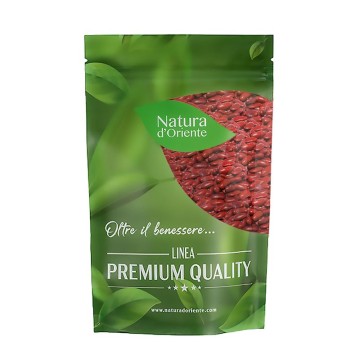



 No reward points for this product.
No reward points for this product.


